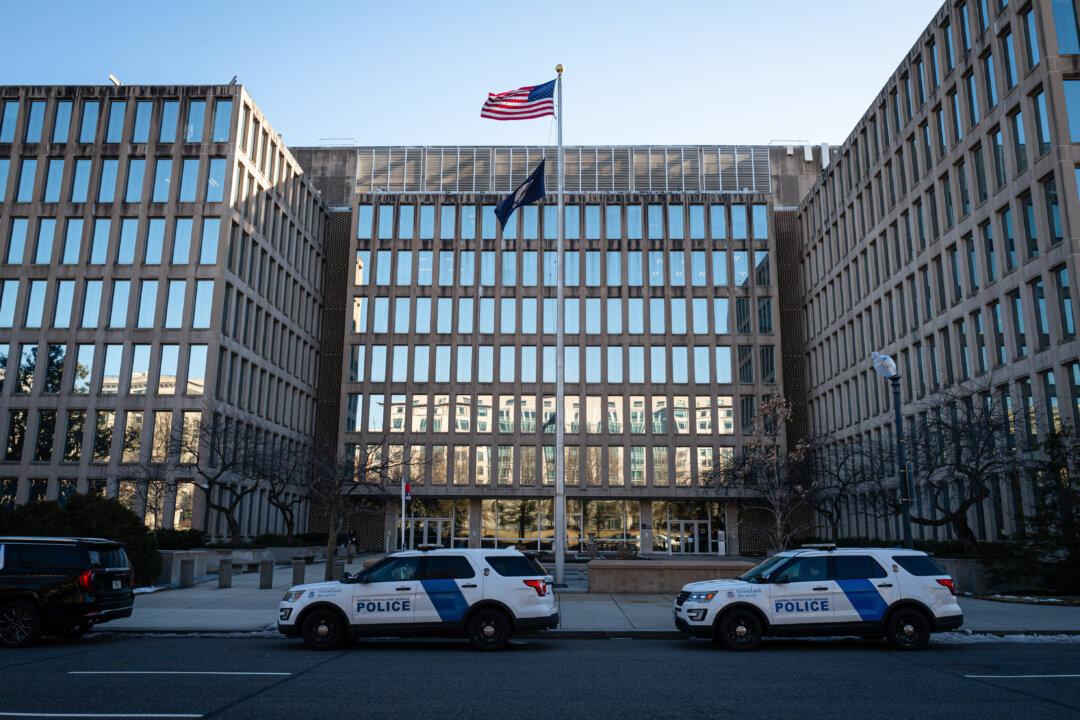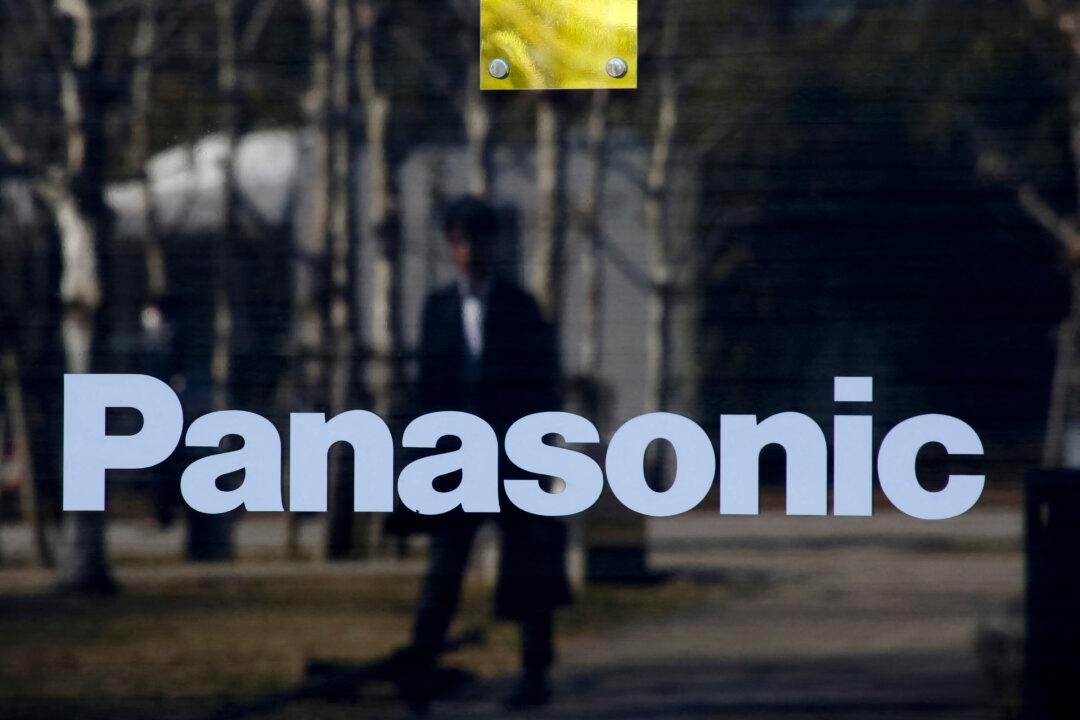Researchers have developed a new technique to heal wounds three times faster using electric stimulation—a breakthrough that could prove to be of significant value to people suffering from disorders like diabetes.
“In order to study exactly how this works for wounds, we developed a kind of biochip on which we cultured skin cells, which we then made tiny wounds in. Then we stimulated one wound with an electric field, which clearly led to it healing three times as fast as the wound that healed without electric stimulation,” said Maria Asplund, associate professor of bioelectronics at Chalmers University of Technology and head researcher, according to an April 18 press release.
Researchers from Chalmers University in Sweden and University of Freiburg in Germany developed the innovative electricity-based technique of rapid wound healing.
The researchers also focused on wound healing among people suffering from diabetes. According to data from the U.S. Centers for Disease Control and Prevention (CDC), 11.3 percent of the U.S. population has diabetes.
Among diabetes patients, wounds tend to heal slowly while the injury progresses more quickly. Those who suffer from spinal injuries or poor blood circulation also experience slow healing.
When researchers mimicked diabetes in the cell culture, wounds on the biochip healed slowly. However, when electric simulation was introduced, the speed of healing increased.
Uni-Directional Wound Closure Method
The study, published in the journal Lab on a Chip on Jan. 18, looked at whether electrotactically closing a wound’s gap from one wound edge (uni-directional) is as effective as alternately polarizing both the wound’s edges.It was based on the idea that skin cells are electrotactic, meaning that the cells directionally “migrate” in electric fields.
As such, if an electric field were introduced in a petri dish containing skin cells, the cells will cease moving randomly. Instead, they will begin moving in the same direction. The uni-directional electric guidance was found to be “superior” due to its threefold speed in wound closure.
The team now plans on exploring individualized treatment options.
“We are now looking at how different skin cells interact during stimulation, to take a step closer to a realistic wound,” Asplund said.
Faster Wound Healing Techniques
Chalmers University’s wound-healing technique is one of many new high-speed healing methods.In August 2021, researchers from the University of Central Florida discovered that using specially designed ceramics wrapped in a rubber blanket accelerated wound healing.
When researchers tested it on an animal model, the material produced three times more “fibroblast activity” over a period of up to 96 hours while achieving more than 80 percent wound closure.
Fibroblasts are a cell type represented in connective tissue and are critical in supporting the normal healing of wounds.





